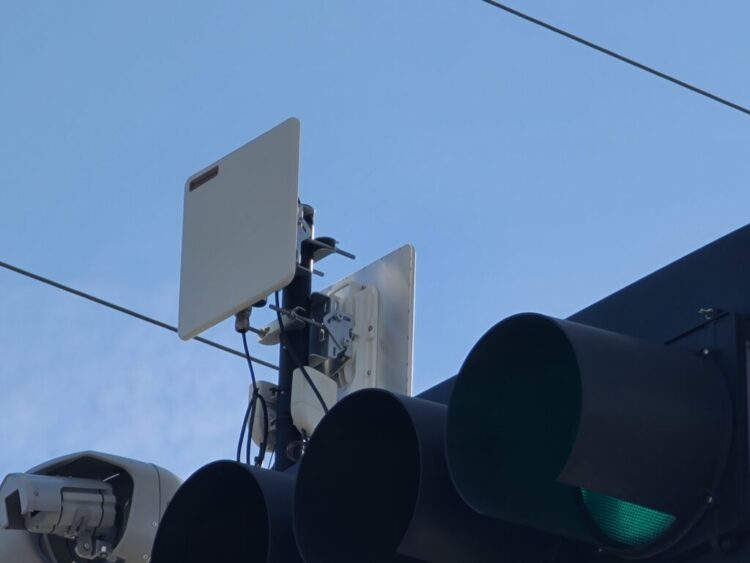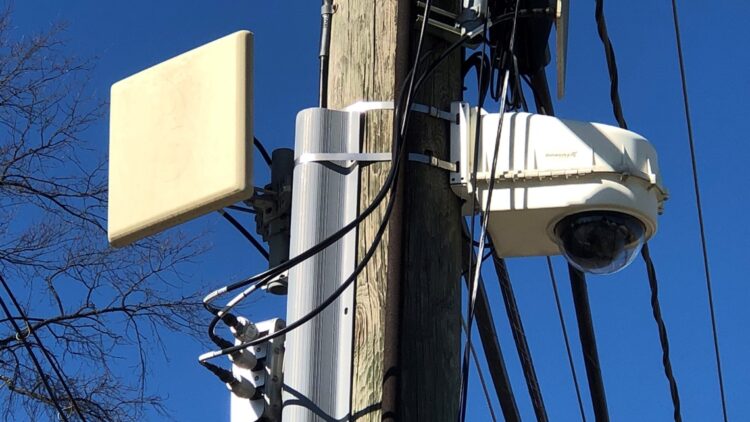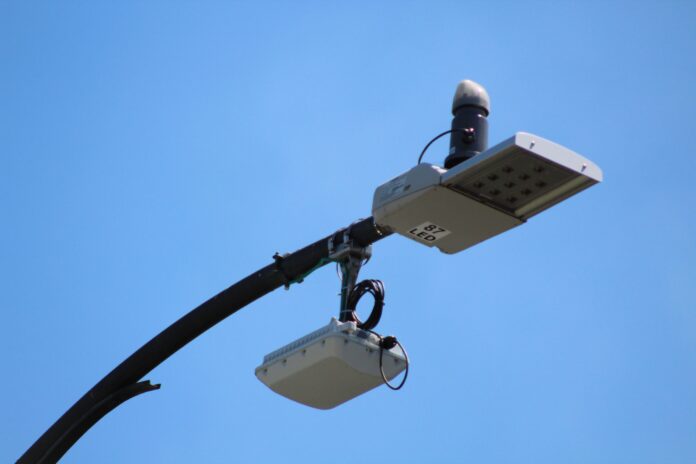For years, gunshot detection systems (GDS) have been used by law enforcement agencies to help identify and track the movements of criminals. Now, these systems are being used in high-crime areas to keep residents safe. GDS uses a variety of sensors to detect the sound of gunshots.
Once detected, this information is processed and used to generate maps that show where the gunshots were fired from. This allows law enforcement to track down and apprehend criminals more easily. In high-crime areas, it can be incredibly beneficial for keeping residents safe.
Methods to Detect Gunshots

These systems use a variety of methods to detect gunshots, including acoustic, infrared, and laser technologies.
Acoustic detection is the most common type of gunshot detection system used in high-crime areas. These systems use sound waves to detect the sound of gunshots and determine their location. Acoustic detection systems are typically placed along high-traffic areas or near sources of noise, such as nightclubs or busy intersections.
Infrared detection systems are also commonly used in high-crime areas. These systems use heat signatures to detect the presence of gunshots and determine their location. Infrared detectors are typically placed along streets or other public spaces where gunfire may occur.
Laser technology is also commonly used in gunshot detection systems. These systems use lasers to detect the presence of bullets and track their location. Laser detectors are typically placed on roofs or other elevated positions so they can see over dense crowds or city streets.
How GDSs Work
Gunshot detection systems (GDSs) are a recent development in law enforcement and a type of security system that uses sensors to detect the presence of gunshot residue. When a gunshot is fired, the explosive powder and propellant gases created by the discharge create an acoustic wave that travels through the air. GDSs use this sound wave to identify the location of the gunshot. By analyzing this sound, the system can determine the location and type of firearm being used.
GDSs are often used in high-crime areas where gunfire is common. The systems can be used to track the movements of shooters and help law enforcement investigators determine where and when shots were fired. By identifying gunshots quickly, GDSs can provide valuable information that can help authorities apprehend criminals and protect bystanders. This information is then used by law enforcement to track down the shooter or shooters.
However, there is some criticism of gunshot detection systems because they have been shown to be less accurate than traditional police patrols.
Benefits

Gunshot detection systems (GDS) are becoming more and more popular in high-crime areas, as they offer a number of benefits.
First, GDS can help to identify shooters quickly and stop the flow of gunfire before it becomes deadly. By identifying gunmen and their firearms, GDS can help officers to make quick decisions about how to respond.
Second, GDS can help officers locate suspects who may have fled the scene. By tracking the location of gunshots fired, GDS can help officers track down suspects who may have fled the scene.
Third, GDS can provide valuable intelligence about criminal activity in an area. By tracking the use of firearms and identifying patterns of behavior, GDS can provide valuable intelligence about criminal activity in an area. This information can be used to improve officer safety and target law enforcement resources where they are most needed.
Finally, GDS can play a role in reducing crime by deterrence. By providing officers with information about potential shooters and their locations, GDS can deter would-be shooters from engaging in criminal activity.
Drawbacks
There are a few disadvantages to using gunshot detection systems (GDSs) in high-crime areas. One disadvantage is that GDSs are not 100% accurate and can miss gunshots. Another disadvantage is that GDSs can be expensive to install and maintain, and they may not be effective in certain types of environments.
How to Deploy a GDS
Gunshot detection systems (GDSs) are one of the most effective methods for deterring and detecting gun violence. They are installed in public places such as schools, businesses, and government buildings to help detect shots and threats quickly.
There are a few things you need to know before deploying a GDS:
-The system should be able to detect gunshots at different ranges.
-The system should be able to distinguish between gunshots and other sounds.
-The system should have an alarm that will notify people nearby.
What are the challenges of implementing a Gunshot Detection System?

Gunshot detection systems (GDS) are a proven tool for reducing gun violence and crime. They are able to quickly and accurately detect gunshots, providing valuable data that can be used to identify patterns and improve safety elsewhere in an area.
However, there are several challenges that need to be considered when implementing GDS: gathering accurate data, training police officers, creating a system that is both effective and affordable, and ensuring public trust. Gathering accurate data can be difficult in high-crime areas, where gunshots may occur sporadically and often go undetected. Training officers on how to use the system can also be difficult; many departments have struggled with adapting GDS to their particular needs.
Creating a system that is both effective and affordable can be difficult, as most systems require a significant upfront investment. And finally, ensuring public trust is critical; if people believe that the system is collecting information unfairly or using it inappropriately, they may not cooperate with the police or report crime.
Conclusion
Gunshot detection systems (GDS) are becoming increasingly popular in high-crime areas as a means of stopping gun crime. GDS use sophisticated sensors to detect the sound of gunshots, then send out an alert to law enforcement. By knowing when and where shootings are taking place, police can respond more quickly and effectively. While there are some concerns about the potential for misuse of GDS technology, their increasing popularity suggests that they may be a valuable tool for reducing gun violence.







